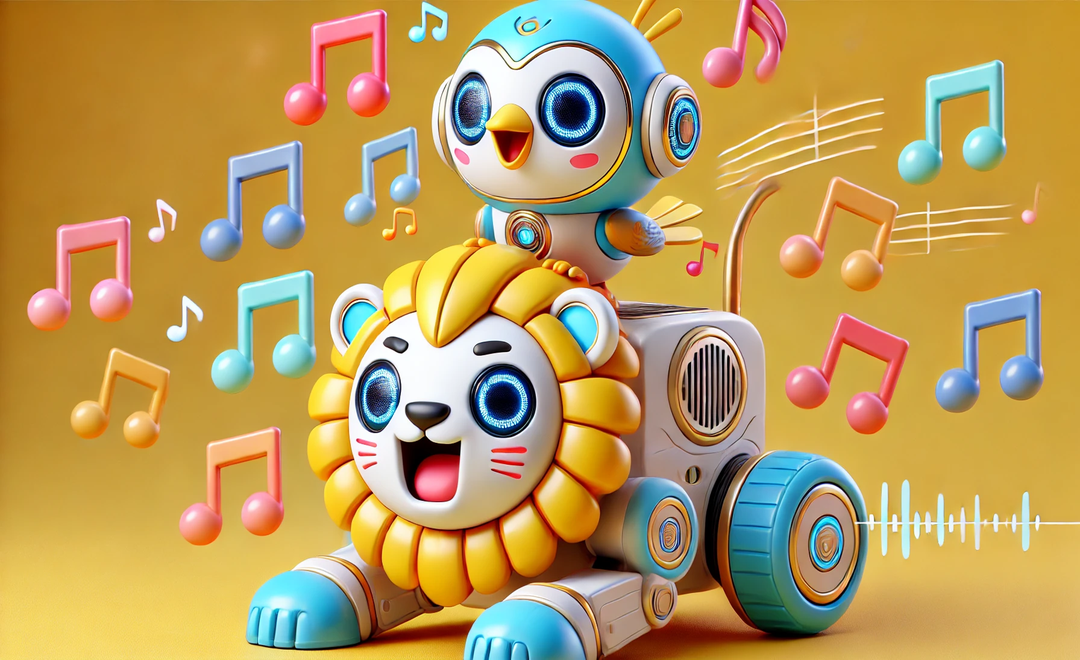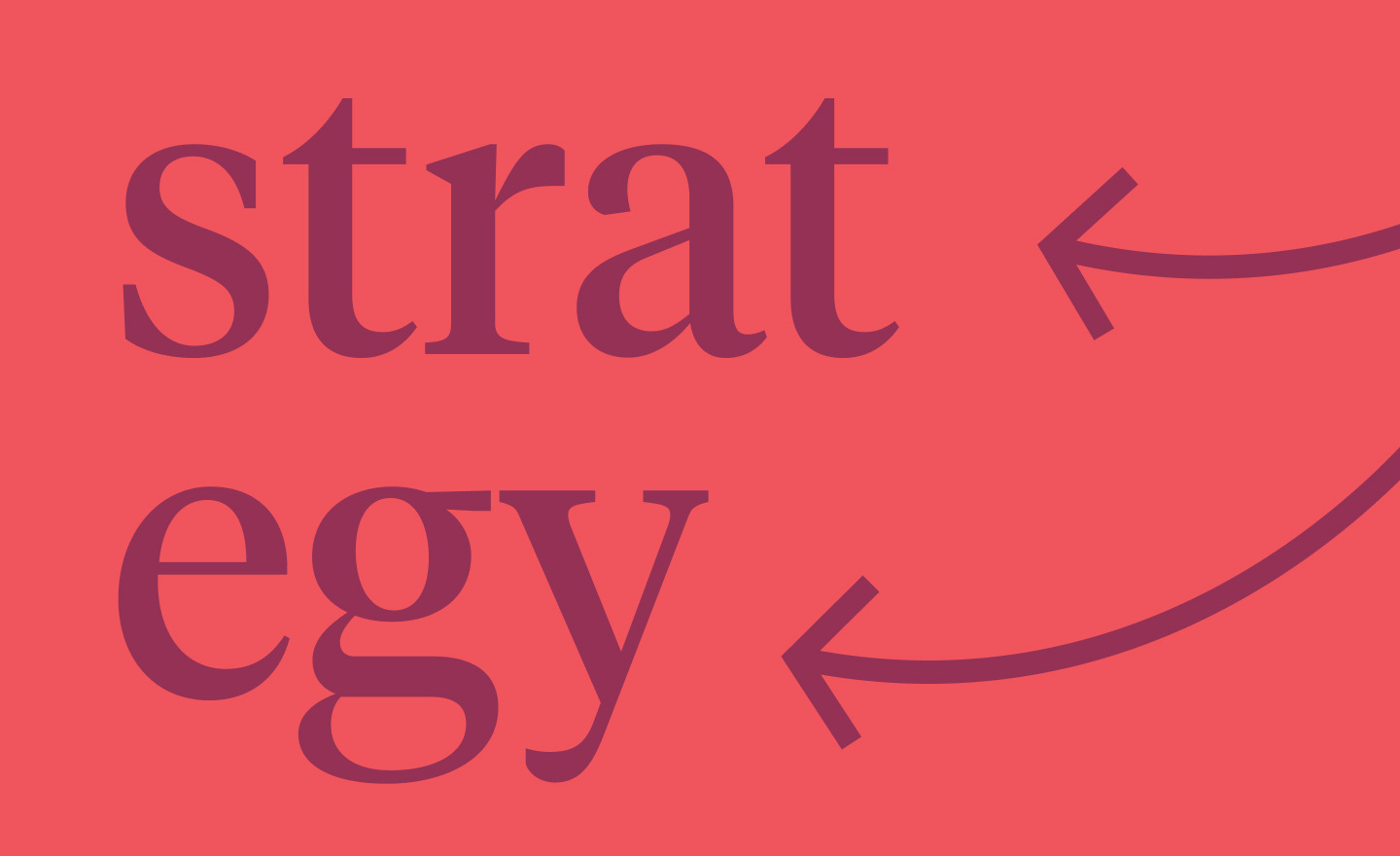Here’s a resolution for 2015. Ban “authenticity” from your brand vocabulary. Haven’t we beaten the a-word to death? It’s become a lazy word, used by brands that don’t begin to deliver. Do they think we’re stupid?
I want to give my industry the benefit of the doubt, so here’s what I figured out. The perception of authenticity has evolved, and many marketers haven’t caught up. What happened?
Then: “Are you real or fake?”
Authenticity used to stand for quality and heritage—the genuine article. That’s the heartbeat of luxury goods and the brand magic that made Coke “the real thing.” But oxymoronic “masstige” and great knockoffs messed with our heads. If a great fake is good enough, how much should we value the “real”?
In the 1990s, we got our first taste of virtual worlds. Avatars. Chatrooms. Virtual currency. Remember debating whether a Facebook friend was a “real” friend? In that new gray zone, the idea of authenticity shifted.
Now: “Are you being honest?”
After 9/11, “authentic” became the codeword for honesty and a new post-cynical sincerity. Happiness research, a return to comfort, and the Experience Economy heated up. Brands tried suddenly to feel more heartfelt and homegrown. The “authenticity” buzz was building.
By about 2005, marketers had figured out how to consistently fake authenticity through brand voice, messaging, and emotional appeals like charity tie-ins. In 2007, Gilmore and Pine’s playbook for “crafting and implementing business strategies for rendering authenticity” came out. Now even the most clueless could get on board. Many marketers are still stuck in that last-decade mindset.
But authenticity moved on. It had to. Brand watchdogs and shareholder activists demanded transparency and called out greenwashing. The disconnect between marketing messages and corporate behavior became painfully obvious.
“Today, questions of authenticity miss the point. The real question is trust (isn’t it always?).”
Next: “Do you understand me?”
Authenticity today conveys much more than a brand attribute. It implies integrity, embodied by a whole organization, starting with the executive suite and extending up and down supply chains. If you want a tangible picture, look at the B Corporation.
Meanwhile, marketing has become less illusion and more relationship. Brands are trying to sound human, roughing up the polished surface and going gonzo. Marketing is also increasingly data driven, shifting control of the brand relationship back to marketers. What will all those algorithms do to embodied authenticity? Smart brands will take the next step and use these new tools to create greater understanding.
Why is the idea of authenticity so powerful? Why does it evolve and stick with us? Because it leads to trust. Brands that used to negotiate trust by “rendering” authenticity will now have to go deeper. Marketers will have to stop talking about context and start demonstrating that they get the bigger picture. This is the essential question for Millennials, now firmly in the demographic drivers’ seat and soon the executive suite.
In 2015, “authentic” and “trustworthy” are two words a brand should never have to say about itself. And if others can’t say it for them, it’s time for a hard look in the mirror.
“This article originally appeared on the Salesforce Blog”




